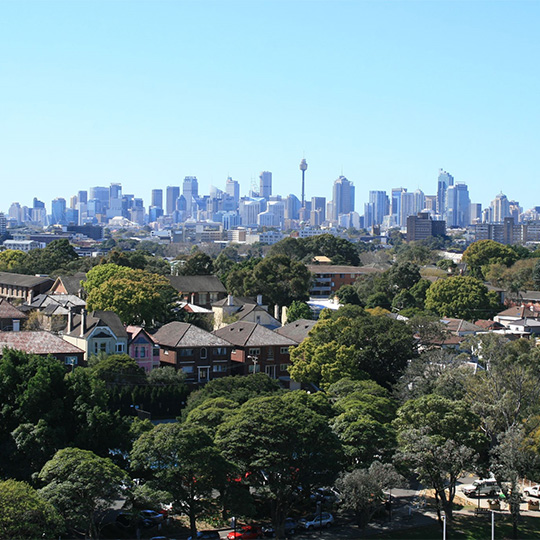The key to a successful local government organisation that is able to deliver for its broad range of stakeholders comes down to one thing, its people.
A strong organisation culture underpinned by values and behaviours based leadership, aligned to a solid strategic direction and an operational plan that is properly funded and achievable is the key to ensuring that the people entrusted to deliver the outcomes are given the best opportunity to do so.
Soon after my appointment to the position of general manager of Armidale Regional Council I undertook an organisation wide culture audit in March 2021 which highlighted the council’s organisation structure as a major impediment to delivering on outcomes and a major source of frustration for staff. An unclear strategic direction and objectives of the council, poor financial position which resulted in unfilled positions, role creep and a lack of position descriptions to define roles, was just some of the feedback I received from staff about the organisation they were working for. The clear feedback from staff was, fix the structure once and for all and do it right across the organisation as opposed to past attempts that only seemed to focus on the more senior roles.
And that is what I set out to do. All organisations need to be fit-for-purpose and able to deliver for their stakeholders. Our staffing group have committed to becoming a high performing workforce.
The first order of business was to recruit a whole new leadership team to assist me with the review of the structure and with that task completed in September 2021, and the team suitably bedded in, the work began in earnest to commence the structure review. What became very clear, very quickly, was that the structure was an even bigger mess than had first been anticipated and it was going to take a herculean effort to bring it altogether with no other resourcing than the leadership team’s commitment to run with the review alongside all of its other day to day priorities.
The deferment of the council elections also presented a challenge initially but in the end has served as a blessing. The ability to understand the new council’s strategic agenda, set clear objectives for their term of council (jobs and growth), the opportunity to then workshop through multiple budget sessions what that growth agenda will look like in terms of resourcing, in order to achieve their vision, was a key outcome of being able to set an organisation structure that could achieve that vision – a win/win outcome.
It also became clear that in order to achieve the new council’s strategic agenda, the organisation’s financial position would need to be addressed as a matter of urgency and some tough decisions made. The key deficiencies across the region and failing infrastructure base meant that the new council was going to have to address the very real issue of how it would fund the infrastructure backlog; the previous approach of waiting for someone else to solve the problem had run its natural course and it was time to stand up and lead, hence the current discussion with the community about a 50 percent Special Rate Variation (SRV).
The organisation structure discussion then needed to take a slightly different pathway and has been broken into stages, subject to what council seeks to do with regard to the SRV.
It is never an easy process to go through an organisational structure review but every effort was made to be inclusive, listen and be completely transparent throughout the process with staff, Council’s Consultative Committee and industrial representation. The feedback we received from all stakeholders was constructive, respectful and lived our values and I thank all that were involved in the process.
Stage one of the organisation structure has focused on the council’s strategic vision, jobs and growth agenda underpinned by A new high performing Activation and Strategic Land Use Planning team.
The first order of business of the new council was to adopt an ambitious jobs and growth strategy and it is essential that we have an organisation that is setup to deliver that.
The Activation and Precincts Team is tasked with seeking out both private and government investment that broadens our economic base and improves liveability in our region through great local events and vibrant local spaces. This will in turn support population growth.
Once the Land Use Planning team is in place they will begin on a local housing strategy to identify land for new homes as well as working with the new Council to develop a 20 year land use plan for our region, which will identify where our major centres and villages will grow over the next 20 years.
Also, improving asset management capability, project management capability, contract management capability, investing in workplace health and safety and investing in staff development to grow that capability and capacity, along with fixing the systemic deficiencies identified by staff and their industrial representatives have been the key focus of stage one. The under investment in staff development has created its own set of inherent issues and has to be a major focus.
Stage two and subject to the outcomes of the SRV discussions, will focus on growing a workforce that can address the infrastructure maintenance and backlog issues that have plagued our region for the best part of the past 15 plus years.
James Roncon






